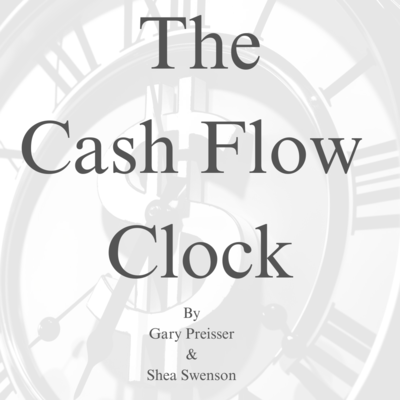The Cash Flow Clock: For Retirees - Book - Page 57

The Cash Flow Clock
Spending
We have talked a lot about how the Cash Flow Clock can help figure out the
timing of our income needs. But we have yet to discuss what determines
those needs – our spending.
When we are still working, our spending is determined in large part by our
earned income. At this time in our life, it is critical that we save enough for
the future, no matter what our income may be. As one of our clients said
many years ago – “It’s not the size of the stream, it’s the size of the dam”.
We must pool our assets so that they can grow for the future instead of
letting them drift downstream. But in retirement, things get a bit more
complicated.
Much of retirement planning is focused on accumulating enough assets to
reach our “number”, i.e., how much we need to feel comfortable retiring. It
is much more important, however, to understand how to calculate our
number in the first place.
The single biggest factor in determining whether we will have a successful
retirement has very little to do with our assets. It has everything to do with
our income and our expenses.
If our income in retirement (Social Security, pension, rental income, etc.) is
greater than our expenses, then we won’t need to use our assets on a regular
basis.
If our expenses are greater than our income, then we will have to rely on our
assets to supplement our cash flow on a regular basis.
How much should we spend in retirement? The short answer is – all of it. It
is our money. We worked hard for it. We should use it. The real answer is a
bit more complicated.
Even if we do want to spend every dollar of our assets and have our last
check bounce on our death bed, it is impossible to do that unless we know
exactly when we are going to die. Assuming we don’t have this information
available, it is always a good idea to leave at least some kind of cushion in
case we live a bit longer than expected.
53